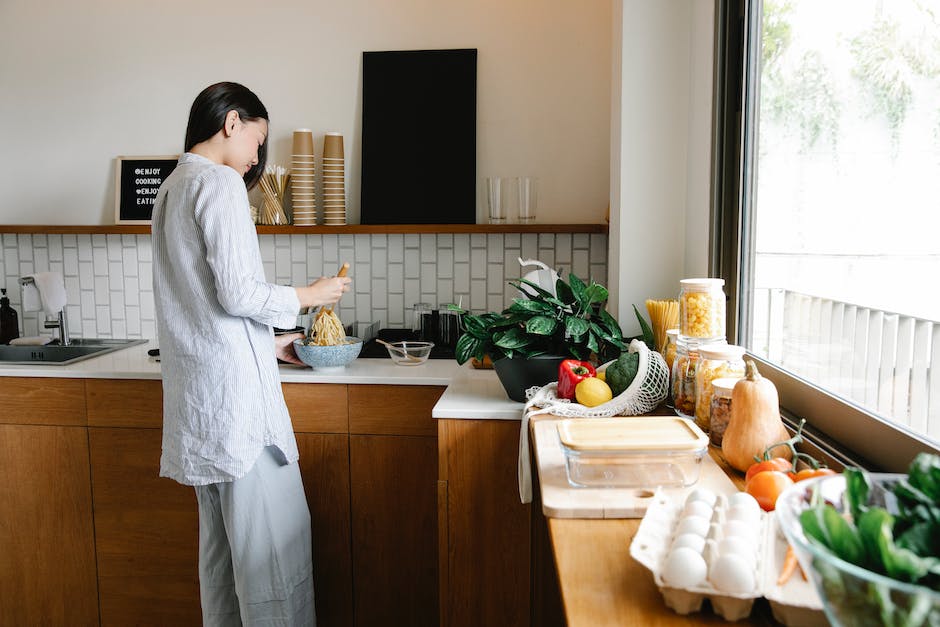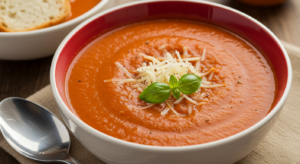Ramen noodles hold a special place in the culinary world. They have transcended beyond their humble beginnings to become a worldwide food sensation. But what exactly are ramen noodles made of? Let’s dissect the ingredients together.

The Main Components: Wheat Flour, Salt, Water, and Kansui
The basic ingredients for making ramen noodles are quite simple – it all comes down to wheat flour, salt, water, and kansui. Wheat flour gives the noodle its body, providing the necessary structure to hold up against the hearty broth. Adding salt helps preserve the noodles and enhances their flavor. Water is used to develop the gluten in the flour.
Kansui, a type of alkaline water which contains sodium carbonate and sometimes baking soda, is what gives ramen noodles their unique texture and yellow color. It also helps to prevent the noodles from dissolving in hot soup. The process involves kneading these ingredients together, then rolling and cutting the dough into thin, delicate noodles.
Types of Ramen: Shoyu, Tonkotsu, Shio, and Miso Ramen
The diversity in ramen noodles can primarily be attributed to the different types of broths they’re paired with. This results in a variety of popular types of ramen such as shoyu, tonkotsu, shio, and miso ramen.
Shoyu ramen, for instance, is flavored with soy sauce. Tonkotsu ramen, or hakata ramen, features a milky, rich broth made from boiling pork bones for several hours. Shio ramen uses a light, salty broth while miso ramen incorporates soybean paste for a robust, umami flavor. Each type of ramen has a special method of preparation which determines the cooking time of the broth and noodles.
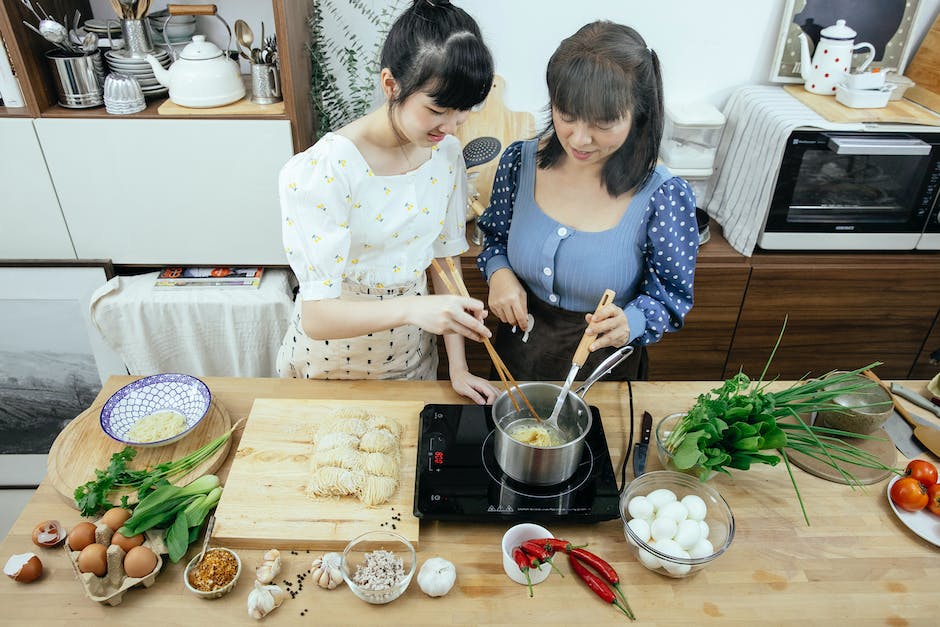
From Dough to Bowl: The Cooking Time
In respect to cooking time, ramen noodles take significantly less time to cook than most of the other types of noodles. They are usually ready after boiling in water for just two to three minutes. The miso, shoyu, tonkotsu or shio soup is meanwhile prepared separately after which the two are combined together to create a perfect bowl of ramen.
It’s important to remember that the optimal cooking time may vary slightly based on the thickness of your noodles and the type of ramen. For example, the tonkotsu ramen is commonly paired with thin noodles that can soak up the heavy broth, while miso ramen usually comes with thicker, wavy noodles that can stand up to its robust flavor.
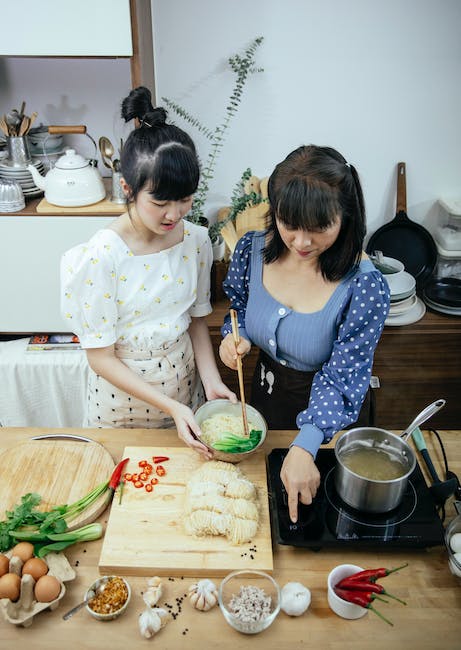
The Use of Fresh Ramen Noodles
When making ramen, the use of fresh ramen noodles can highly elevate your dish. Unlike the dried or instant versions, fresh ramen noodles have a distinct chewy texture and a rich, wheaty flavor that pairs exceedingly well with the flavorful broths.
Fresh ramen noodles are typically made using wheat flour, salt, water and kansui, as mentioned before. To maintain their freshness and quality, these noodles are often sold refrigerated and should be consumed relatively quickly.
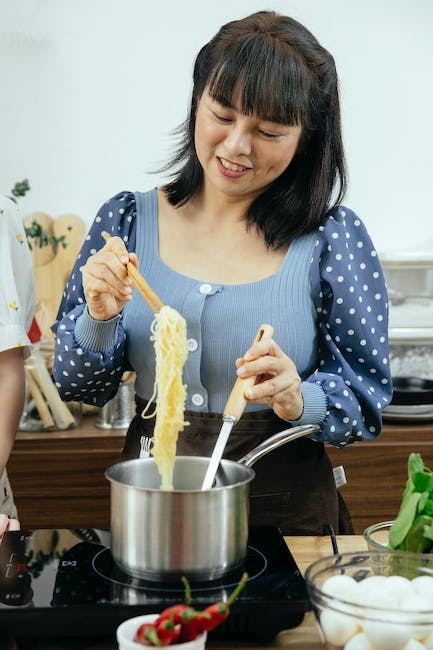
Nori Seaweed: A Staple Topping
Nori seaweed is a classic garnish in ramen dishes. Not only does it provide aesthetic appeal, but its unique flavor also complements the ramen broth and noodles beautifully.
In addition to nori, other popular toppings include bamboo shoots, soft-boiled eggs, sliced green onion, and various meats. The combination of these toppings along with the savory ramen soup and noodles makes for a rich feast of textures and flavors.
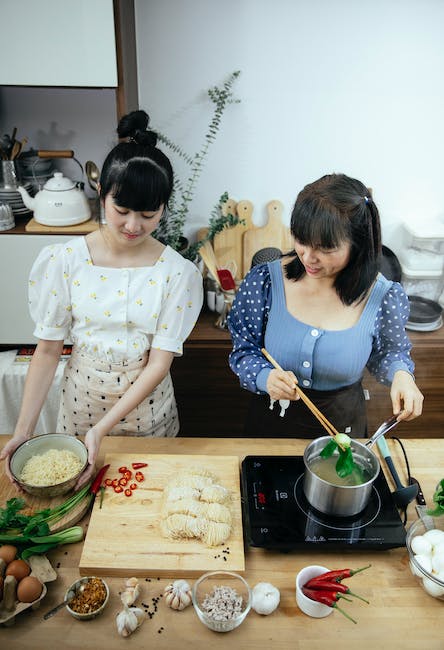
The Delicacy of Bamboo Shoots
Bamboo shoots are another common topping for ramen dishes. They provide a crunchy texture and a slightly sweet taste to the savory bowl of ramen.
Before being added to the ramen, bamboo shoots are usually boiled and then either sliced or diced, depending on the style of the ramen. They are a great source of fiber and contribute to the overall deliciousness of the dish.
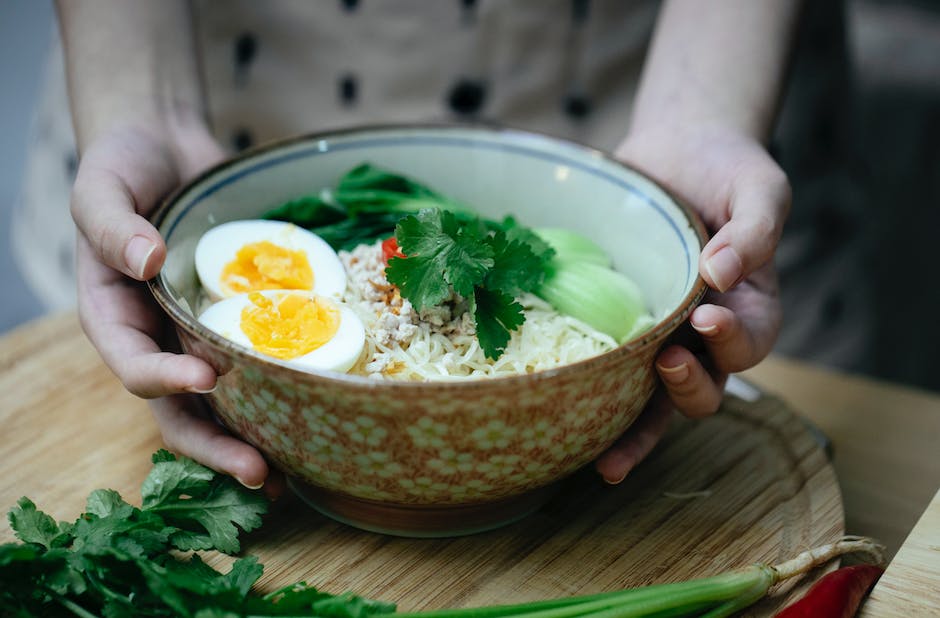
Creating Your Own Ramen Recipe
The versatility of ingredients and flavors in ramen allows for limitless possibilities in creating your own ramen recipe. Whether you prefer spicy, sweet, savory, or umami flavors, there’s a recipe out there to cater to your taste buds.
The most important factor in making your own ramen is to keep the core ingredients of wheat flour, salt, water, and kansui in mind. From there, you could experiment with different broths, noodles, and toppings to discover your ultimate ramen bowl.
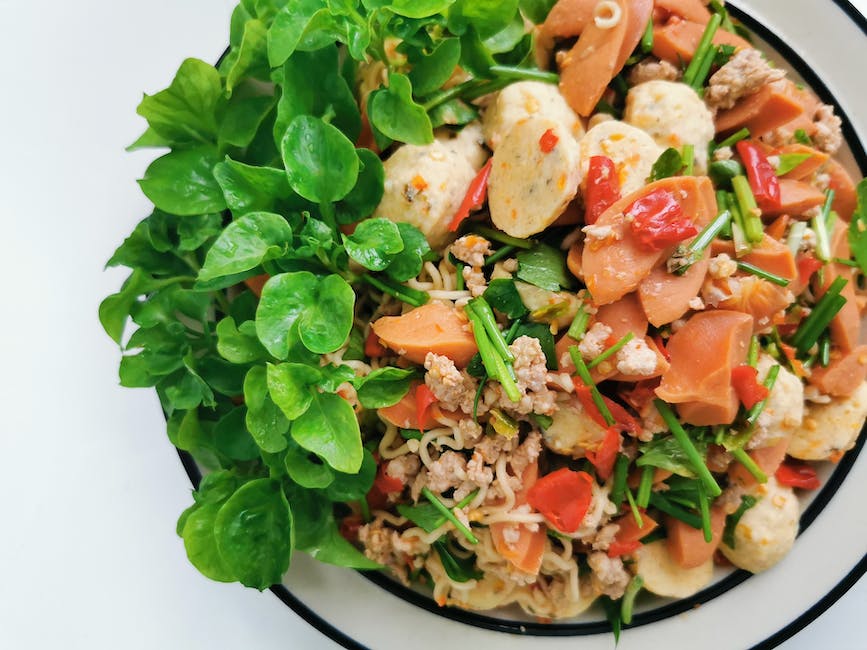
Exploring Different Ramen Broths
There are endless possibilities when it comes to ramen broths. Some people prefer the creamy richness of broth made from simmering pork bones, others might opt for the light, clean taste of shio or the umami flavor of miso.
Whichever type of broth you prefer, rest assured that it would beautifully amplify the flavors of your ramen noodles.
FAQ
What are the key ingredients in making ramen noodles?
The key ingredients for making ramen noodles are wheat flour, salt, water and kansui, an alkaline water which contributes to the unique texture and color of the noodles.
How long does it take to cook ramen noodles?
Ramen noodles usually take approximately two to three minutes of boiling in water to be cooked.
What is Tonkotsu Ramen?
Tonkotsu Ramen, also known as Hakata Ramen, features a rich, creamy broth that is made by boiling pork bones for several hours.
Do different types of Ramen have different cooking times?
Yes, the cooking time of ramen can vary based on the type of ramen and the thickness of the noodles.
What are the benefits of using fresh ramen noodles?
Fresh ramen noodles have a distinct chewy texture and a rich, wheaty flavor that can significantly enhance your dish compared to dried or instant versions.
Why is Nori seaweed used as a topping in ramen dishes?
Nori seaweed is a classic garnish in ramen dishes as its unique flavor complements the ramen broth and noodles beautifully.
What are Bamboo shoots in the context of ramen?
Bamboo shoots are a common topping in ramen dishes. It provides a crunchy texture and a slightly sweet taste, adding an interesting flavor dynamic to the dish.
How can I create my own Ramen recipe?
You can start with the basic ingredients of wheat flour, salt, water and kansui and then experiment with different broths, noodles, and toppings to create your own unique ramen recipe.
What are the different types of ramen broths?
There are many types of ramen broths such as Shoyu, Tonkotsu, Shio, and Miso. Each of these has a unique flavor profile that complements the ramen noodles.
How does baking soda play a role in making Ramen noodle?
Baking soda, often found in Kansui, contributes alkalinity to the dough, which gives the ramen noodles their characteristic chewy texture and yellow color.

